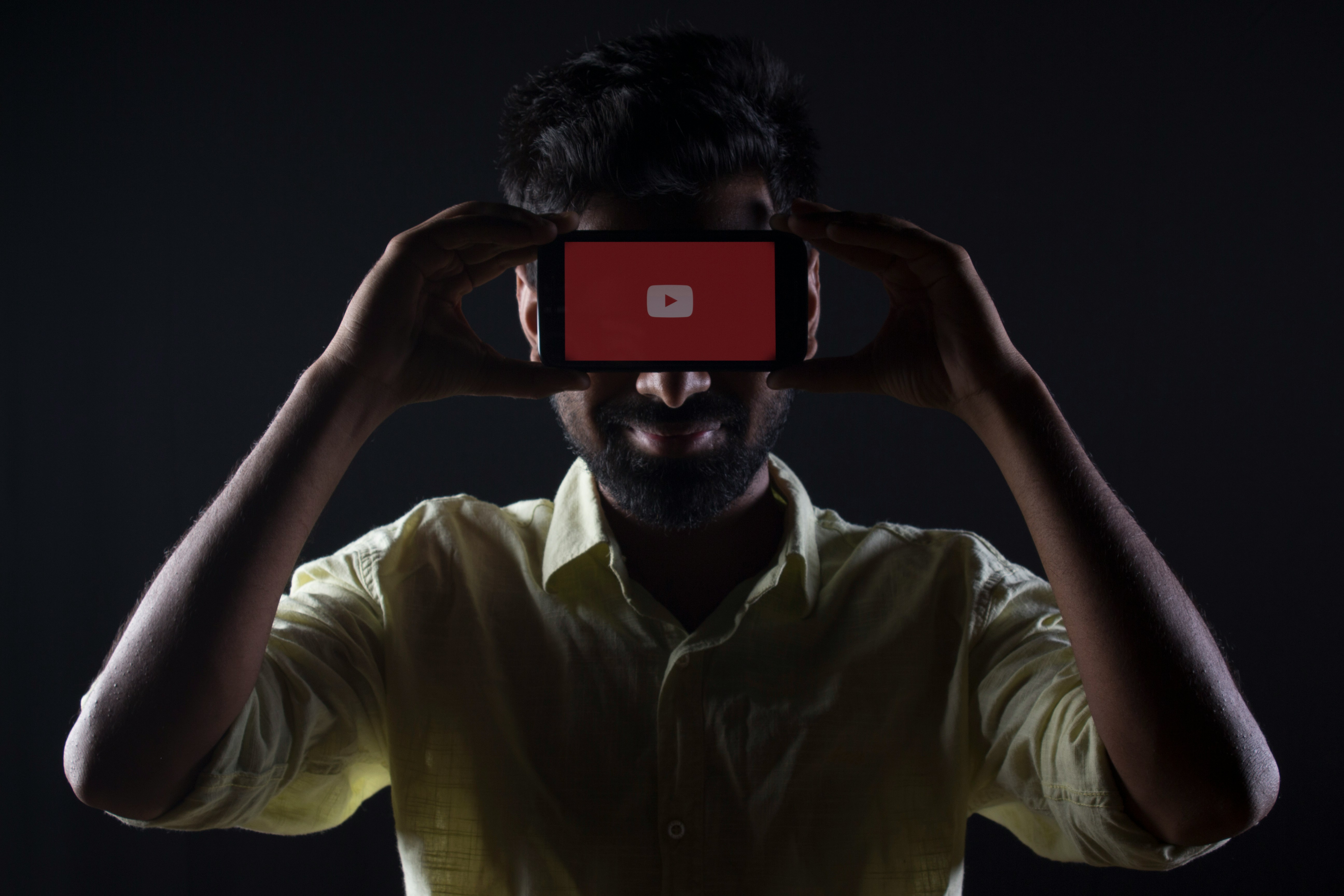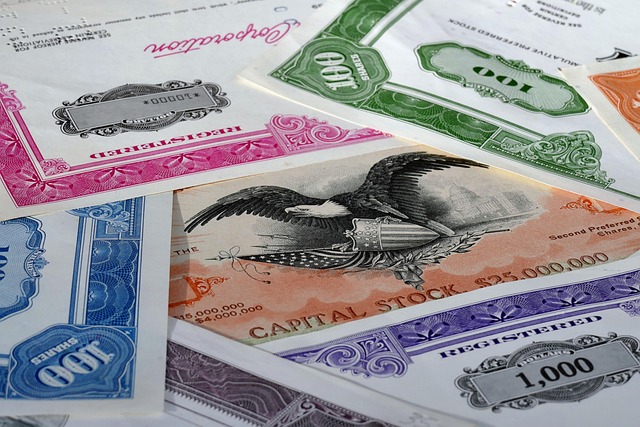Enigmatic Realities: Unveiling the World of Virtual Reality Art
Step into a new dimension where art defies the conventional boundaries of perception and physicality. This is the world of Virtual Reality Art, a blossoming frontier in the creative industry that redefines our understanding of artistic expression.

Delving into the Origins
Virtual Reality Art, or VR Art, is a relatively new genre that emerged alongside the rise of digital technology. It began as a niche experimental form, characterized by its use of virtual reality tech to create immersive artistic experiences. The history of VR Art is intertwined with the advent of computer graphics and digital art in the late 20th century. It has since evolved into a distinct artistic movement, opening up a limitless canvas for artists to play with perception, space, and interactivity.
The Digital Brushstroke: How VR Art Works
Unlike traditional art forms, VR Art requires the use of specialized technology. Artists use VR headsets and controllers to create and manipulate their work within a 3D digital space. This medium of creation allows artists to shape, color, and texture their work in ways that were previously unimaginable, offering a new dimension of creative freedom.
Unfolding the Present: VR Art Today
Today, VR Art is gaining momentum as a recognized form of artistic expression. Galleries and museums are increasingly featuring VR Art exhibitions, and digital platforms are showcasing virtual galleries accessible to anyone with a VR headset. Artists like Elizabeth Edwards and Anna Zhilyaeva have gained acclaim for their breathtaking VR Art pieces, proving this innovative art form holds its weight in the contemporary art scene.
The Immersive Impact: What VR Art Brings to the Table
VR Art’s unique quality lies in its immersive nature. It invites audiences into the artwork itself, challenging the typical observer role. Participants can interact with, manipulate, and experience the artwork in ways not possible with traditional art forms. This level of immersion intensifies emotional responses and fosters a more personal connection with the art.
Recognizing the Challenges and Potential
Despite its exciting possibilities, VR Art also faces challenges. Accessibility is a major issue, with the need for expensive technology creating a barrier for many potential artists and audiences. Furthermore, VR Art’s ephemeral nature raises questions about preservation and ownership. Regardless, as technology continues to advance and become more accessible, so too will the potential for VR Art to reach a wider audience and influence the future of artistic expression.
In this rapidly evolving digital age, VR Art demonstrates that the boundaries of art are as expansive as our imagination. It has the potential to revolutionize not only the way we create art, but also how we experience and interact with it. As we continue to explore this burgeoning field, we are reminded that art, in its purest form, is a testament to human creativity and innovation.




